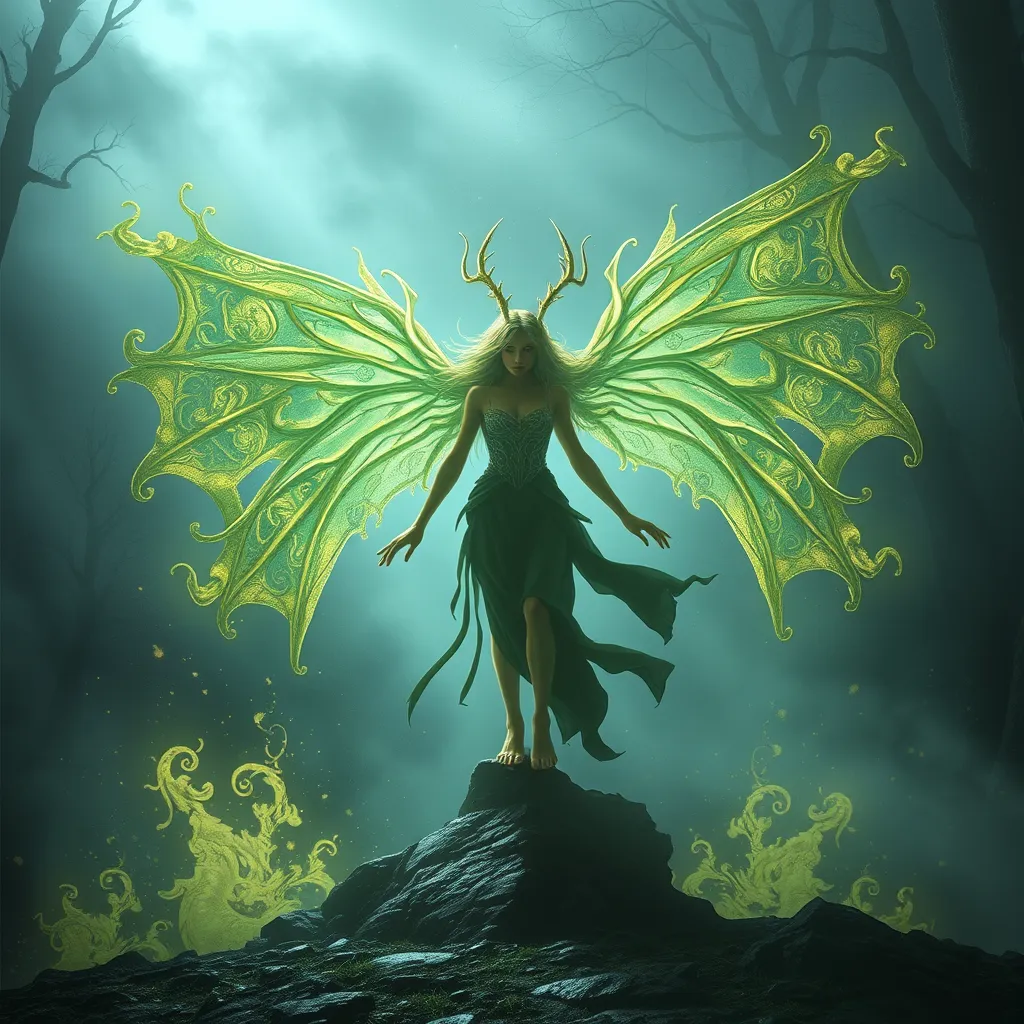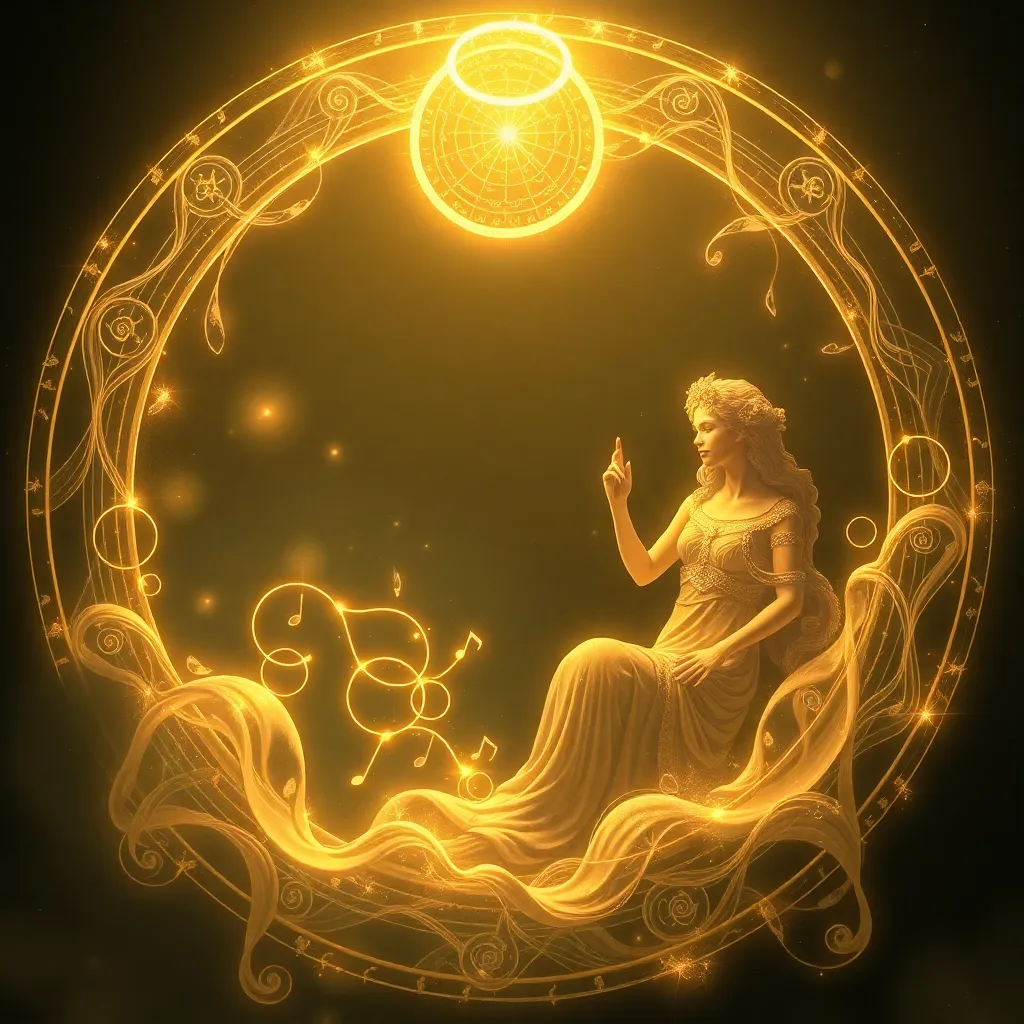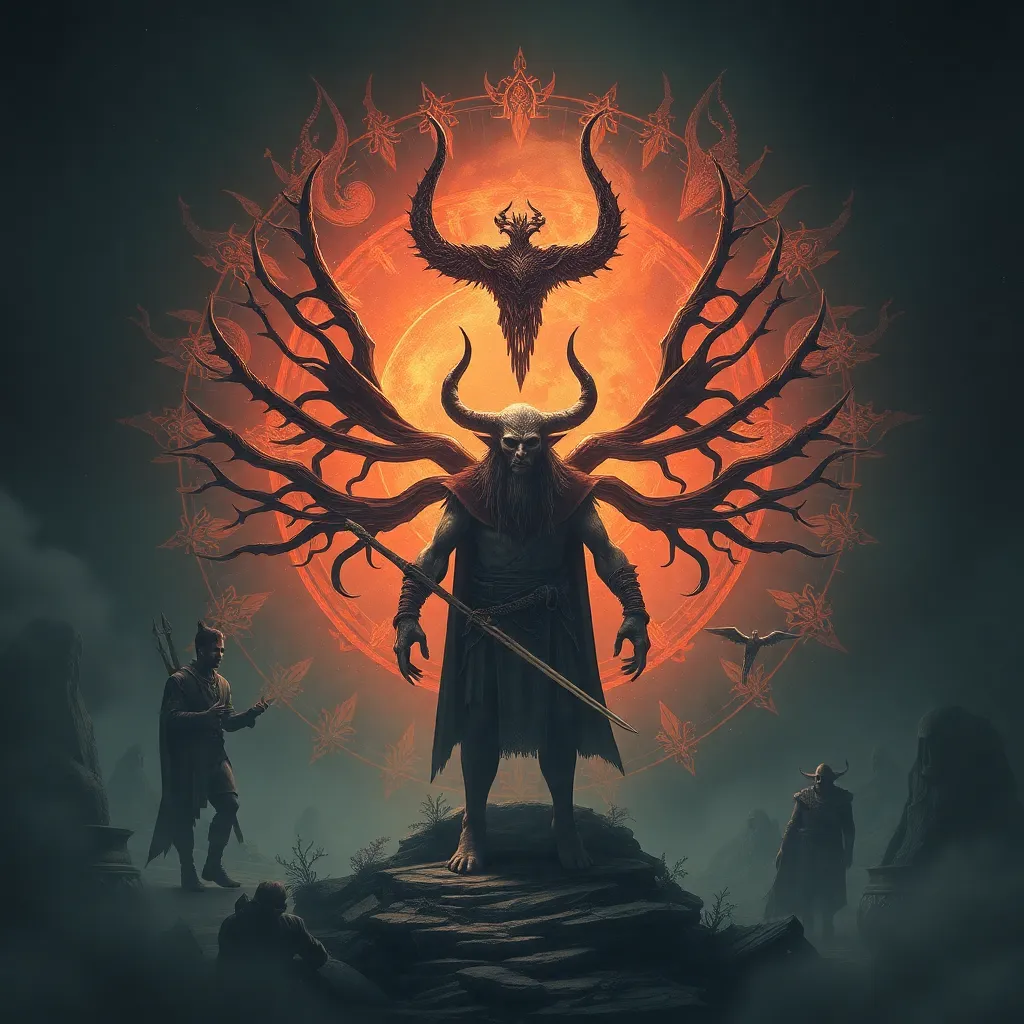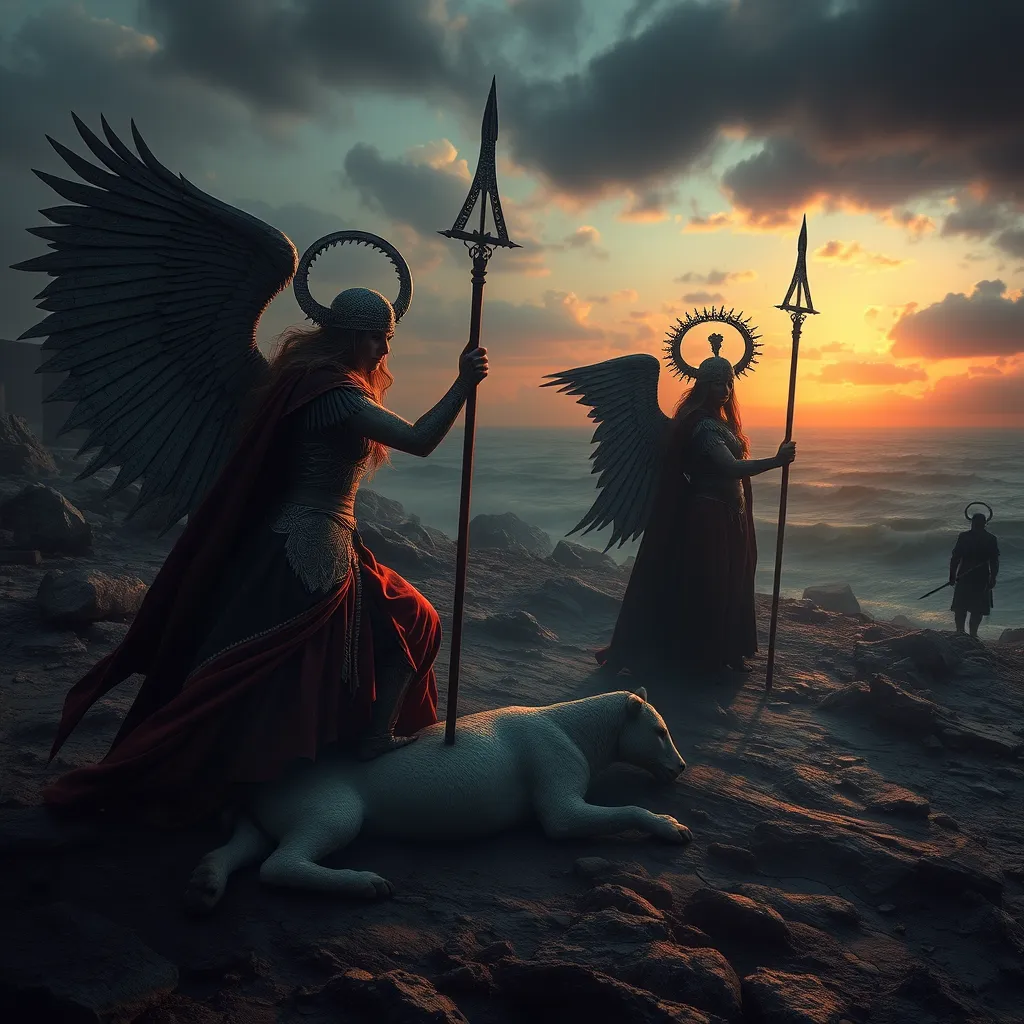Whispers from the Otherworld: Exploring the Fae in Celtic Myths
I. Introduction to the Fae in Celtic Lore
The Fae, often referred to as fairies or the fair folk, hold a significant place in Celtic mythology. These mystical beings embody the essence of nature and the unseen forces of the world. Their stories are woven into the fabric of Celtic culture, reflecting the beliefs and values of ancient societies.
The concept of the Otherworld is central to Celtic mythology, serving as the realm where the Fae reside. It is often depicted as a mystical land of beauty, eternal youth, and the afterlife. Exploring the Fae in myths not only illuminates their characteristics and roles but also sheds light on the broader Celtic worldview.
II. Historical Context of Celtic Mythology
The origins of Celtic beliefs can be traced back to ancient tribes across Europe, particularly in regions that are now Ireland, Scotland, Wales, and Brittany. These beliefs were deeply intertwined with nature, seasons, and the cycles of life, leading to the reverence of the Fae as guardians of the natural world.
Oral storytelling played a crucial role in preserving Fae tales. Generations passed down stories of encounters with the Fae, their magical deeds, and the lessons learned from these interactions. This oral tradition ensured that the Fae remained a vibrant part of Celtic culture, even as societies evolved.
Geography significantly influenced Fae characteristics. For instance, the lush, green landscapes of Ireland gave rise to tales of benevolent, nurturing Fae, while the rugged highlands of Scotland fostered stories of wilder, more unpredictable beings.
III. Characteristics of the Fae
The Fae are not a monolithic group; they encompass a wide variety of beings, each with unique traits and stories. Some of the most well-known types include:
- Sprites: Mischievous and playful, often causing harmless trouble for humans.
- Elves: More noble and wise, sometimes acting as protectors of the natural world.
- Brownies: Helpful household spirits who assist with chores in exchange for small gifts.
Common traits among the Fae include:
- Magic: Fae possess magical abilities that can influence the physical world.
- Transience: They exist on the edge of the human realm, often appearing and disappearing at will.
- Connection to Nature: Fae are deeply connected to the elements and the cycles of nature.
The duality of the Fae is one of their most intriguing aspects. They can be both tricksters and protectors, embodying the unpredictable nature of life itself. While some tales depict them as benevolent beings who help humans, others reveal a darker side, warning against their capriciousness and the consequences of disrespecting their realm.
IV. The Otherworld: A Realm of the Fae
The Otherworld is often described as a beautiful, ethereal place, filled with lush landscapes, shimmering lakes, and eternal sunlight. It is a land of abundance, where time flows differently, and inhabitants enjoy immortality.
Connections between the physical world and the Otherworld are pivotal in Fae stories. Many tales feature portals or thresholds that allow passage between these realms, such as:
- Fairy mounds or hills
- Ancient stone circles
- Enchanted forests
These thresholds are significant in Fae encounters, often serving as gateways to both adventure and peril. Crossing into the Otherworld can lead to wondrous experiences or perilous consequences, highlighting the respect and caution required when dealing with the Fae.
V. Famous Fae Figures in Celtic Mythology
Several notable Fae figures stand out in Celtic mythology, most prominently the Tuatha Dé Danann, a mythical race of beings revered as gods and goddesses. They are often depicted as skilled in magic and crafts, with stories that include:
- Brigid: The goddess of poetry, healing, and fertility, often associated with the arrival of spring.
- Lugh: The god of light and craftsmanship, known for his mastery of various skills.
- Dagda: The good god, often depicted as a father figure with a magical cauldron.
These figures embody various aspects of life, representing the interconnectedness of nature, creativity, and spirituality in Celtic culture. Their stories carry deep symbolism and lessons about humanity’s relationship with the natural world.
VI. Fae in Folklore and Regional Variations
Different Celtic regions depict the Fae in unique ways, reflecting local customs and beliefs. For example:
- Irish Fae: Often seen as protective, with a strong connection to the land and nature.
- Scottish Fae: Typically portrayed as wild and unpredictable, embodying the fierce beauty of the Scottish Highlands.
- Welsh Fae: Often depicted in stories involving enchantment and transformation, with ties to the ancient Mabinogion tales.
Comparisons of these regional variations reveal the evolution of Fae stories over time, as they adapt to changing cultures and societal norms. Despite the differences, common themes of magic, nature, and caution in their interactions with humans persist throughout.
VII. The Cultural Impact of Fae Myths
The influence of Fae myths extends beyond ancient tales and into contemporary literature, art, and media. From Shakespeare’s A Midsummer Night’s Dream to modern fantasy novels, the allure of the Fae captures the imagination of audiences worldwide.
In contemporary culture, Fae are often romanticized, appearing in various forms of media, including films, television shows, and video games. Furthermore, neo-pagan practices frequently incorporate Fae beliefs, celebrating the connection to nature and the spiritual realm.
The preservation of Fae folklore in today’s society serves as a reminder of the rich tapestry of human experience, highlighting the enduring power of these ancient myths to inspire and connect people across generations.
VIII. Conclusion: The Enduring Legacy of the Fae
The significance of the Fae in understanding Celtic culture cannot be overstated. These enchanting beings provide insight into the values, fears, and hopes of ancient peoples, serving as a bridge between the past and present.
The exploration of myths and legends connects us to our ancestors, allowing us to reflect on the importance of storytelling in shaping our identity. The Otherworld, with its whispers and wonders, continues to captivate our imagination, reminding us of the magic that exists in the world around us.
In conclusion, the allure of the Fae and their stories will endure, inviting us to explore the mysteries of the Otherworld and the lessons it holds for generations to come.



